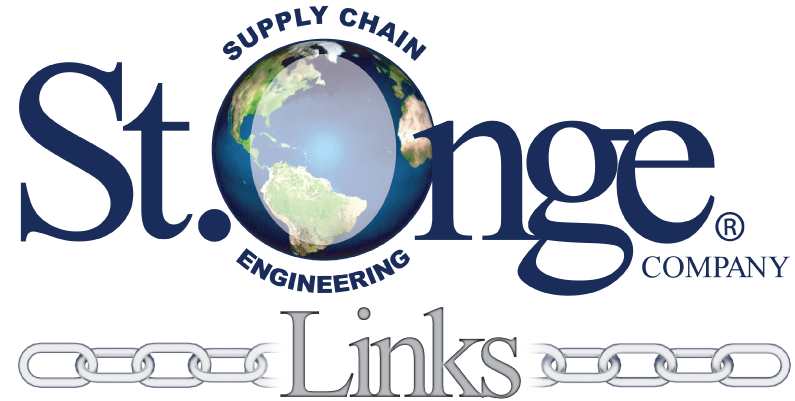 Strengthening your supply chain one link at a time.
Strengthening your supply chain one link at a time.
Tariffs have been in the news recently as President Trump has identified the use of tariffs for various domestic and foreign policies. The use of tariffs has been around in various forms throughout the history of the U.S. How might companies adapt and protect themselves as best possible for implemented tariffs affecting their business?
What are tariffs? How do they work?
A tariff is a tax placed on goods when they cross national borders. The most common type is an import tariff, which taxes goods brought into a country. There are also export tariffs which are taxes on goods a country exports. These however are rare.
Import tariffs increase the price on imported goods with the goal of protecting domestic industries from foreign competition. Export tariffs are taxes applied to exports to other countries. The U.S. Constitution forbids export tariffs. However, recently advanced AI chips are being considered to be restricted to certain countries such as China because of national security issues.
The target of this discussion will be exclusively import tariffs. However, we will look at import tariffs from the perspective of the U.S. as the importer as well as the perspective of a foreign country as the importer.
Import Tariff – U.S. levies tariff on foreign exported goods
This tariff is an import tax applied by the U.S. on foreign goods. This tariff directly affects companies by increasing costs of imported goods. The challenge to the company is whether this cost is passed on to consumers or the company accepts the costs and does not pass it on to consumers. By not passing the tariff cost on to customers, companies profit margins are reduced. If they do pass the cost on to consumers, they potentially may lose market competitiveness and market share.
An example would be raw materials or components that originate outside the U.S. for a company that produces domestically. A tariff will increase that raw material or component costs. Not passing the costs to customers will reduce the profit margin on producing that item. Alternatively, the U.S. company using foreign inputs for production might see reduced sales or future sales if the cost is passed on to consumers.
Import tariff – Foreign country levies on tariff on US exported goods
This tariff is when the import tax applied by a foreign nation is on U.S. goods. It is simply a reversal of the first example. The same decisions by a foreign company apply. Does this company pass on their increased costs to consumers or do they eat the costs to preserve market share and competitiveness.
An example is raw materials or components coming from the U.S. for foreign production. A tariff by that country will increase raw material or component costs. Not passing the costs to customers will reduce the profit margin on producing that item. Just like above, the U.S. company providing the raw material or component might see reduced sales, or future sales if the cost is passed on to consumers. As a result, the domestically sourced component or raw material might have their export sales decline.
How can companies prepare for tariffs to their business?
Network optimization studies can help companies prepare for minimizing a tariff hit on their business. Briefly, network optimization studies are a landed cost analysis with the ability perform targeted what if analysis. Landed costs for a network study may include production costs, production input costs, transportation costs, handling costs, and inventory costs. Tariff costs in a targeted analysis can also be included in a network options study. A network study would consider supplier locations, and supplier production quantities and customer locations and customer demand. All of a company’s locations such as plants and warehouses are included in the study.
By adjusting these costs and or adjusting demand or adjusting supplier output a company can derive scenarios of how tariffs may impact their business by seeing the total landed cost changes for a scenario. For example, in a scenario one can consider alternative suppliers in different locations to see how reduced tariffs costs might impact overall total landed costs. The beauty of a network optimization study is one can run multiple scenarios to quickly and succinctly determine how the tariffs affect the total network costs on a scenario to scenario basis. Using these what if scenarios, one will be more prepared to decide on alternative sourcing, alternative production locations or other alternatives to reduce costs.
Network analysis and optimization will help determine whether prices are passed to customers or if the supply chain can absorb the costs. And just as importantly the analysis itself becomes a method of communication and dialog for senior managements to make a consensus decision. This is an incredibly powerful exercise.
Conclusion
The benefits of using a network optimization study to identify risk and disruption to a company supply chain is invaluable. It is a tool and a proactive process used in the identification of future challenges as opposed to being unprepared. The benefits of a network optimization study are enormous when there are potential shocks to the network such as a tariff. Realize the power of network optimization and be prepared for potential tariff changes.
—Tom Schaefges, St. Onge Company